The Limits of Steering Wheel Grip Sensors in Driver Fatigue Monitoring
Driver fatigue remains one of the most significant challenges in road safety, contributing to countless accidents annually. In recent years, automotive manufacturers and tech companies have turned to advanced monitoring systems to detect signs of drowsiness or inattention. Among these technologies, steering wheel grip sensors have gained traction as a seemingly straightforward solution. These sensors measure the force and frequency of a driver’s grip, assuming that weakened or irregular pressure indicates fatigue. While the concept appears promising, the real-world effectiveness of grip-based monitoring is far more complicated.
The Science Behind Grip Sensors
Steering wheel grip sensors operate by detecting subtle changes in pressure applied by the driver’s hands. The underlying theory suggests that as fatigue sets in, muscle tension decreases, leading to a looser or inconsistent grip. Some systems also track micro-movements, interpreting erratic steering inputs as potential signs of drowsiness. When abnormal patterns are detected, the system may issue visual, auditory, or haptic warnings to alert the driver. On paper, this method seems logical—after all, fatigued drivers often exhibit physical symptoms like slouching or reduced hand strength.
However, the relationship between grip strength and fatigue is not as linear as sensor manufacturers might hope. Human behavior behind the wheel varies widely, and factors such as driving style, road conditions, and even individual physiology can distort sensor readings. A relaxed driver on a straight highway might exert minimal grip pressure without being fatigued, while an alert driver navigating sharp turns may tense up without any drowsiness. This variability makes it difficult for algorithms to distinguish between normal behavior and genuine fatigue.
False Alarms and Missed Warnings
One of the most glaring limitations of grip-based fatigue monitoring is its susceptibility to false positives and negatives. A driver who prefers a light touch on the wheel might trigger unnecessary alerts, leading to annoyance and eventual disregard for the system. Conversely, someone who maintains a firm grip out of habit—even while exhausted—could go undetected. These scenarios undermine the reliability of the technology, creating a "cry wolf" effect where drivers learn to ignore warnings altogether.
Another issue is the delay in detection. Fatigue doesn’t always manifest in grip changes immediately; by the time the system identifies a problem, the driver may already be in a dangerous state. Unlike physiological monitors that track eye movement or heart rate, grip sensors rely on secondary indicators, which can lag behind the actual onset of fatigue. This latency reduces the system’s ability to prevent accidents in critical moments.
Environmental and Human Factors
External conditions further complicate the accuracy of steering wheel grip sensors. Rough roads, sudden maneuvers, or even weather-related adjustments (like gripping tighter in rain) can skew data. Additionally, drivers don’t always keep both hands on the wheel—resting one hand or adjusting controls can create gaps in monitoring. Unlike cameras or infrared sensors that continuously track eye closure or head position, grip-based systems lose effectiveness when contact is intermittent.
Human diversity also plays a role. A person’s natural grip strength varies by age, gender, and physical condition. For instance, an older driver with arthritis might consistently exert less pressure, while a professional athlete could maintain a strong grip even when tired. Without personalized calibration, generic algorithms struggle to account for these differences, leading to inconsistent performance across demographics.
The Future of Fatigue Detection
While steering wheel grip sensors offer a low-cost, non-intrusive method for fatigue detection, their limitations suggest they shouldn’t be the sole solution. Hybrid systems that combine grip data with other metrics—such as facial recognition, lane departure warnings, or physiological monitoring—could provide a more comprehensive approach. For example, a camera tracking eyelid movement could cross-reference grip patterns to reduce false alarms. Similarly, integrating vehicle data (like erratic steering corrections) might improve accuracy.
Automakers are already exploring these multi-sensor solutions, but challenges remain. Cost, driver privacy, and system complexity must be balanced to create a practical and reliable product. Until then, grip sensors alone are an imperfect tool in the fight against fatigue—one that works best when supplemented by other technologies and, crucially, driver self-awareness.
In the end, no technology can replace the importance of rest and responsible driving habits. While sensors provide a helpful safety net, they are not infallible. Drivers must remain vigilant and recognize their own limits, understanding that machines—no matter how advanced—are only part of the solution.

By /Jun 14, 2025

By /Jun 14, 2025

By /Jun 14, 2025

By /Jun 14, 2025

By /Jun 14, 2025

By /Jun 14, 2025
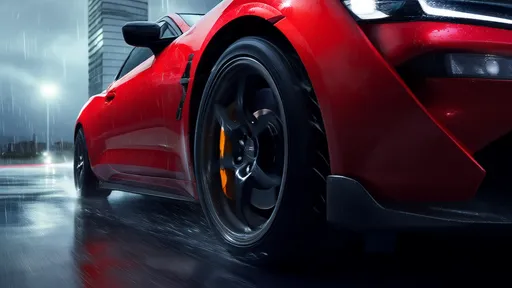
By /Jun 14, 2025

By /Jun 14, 2025
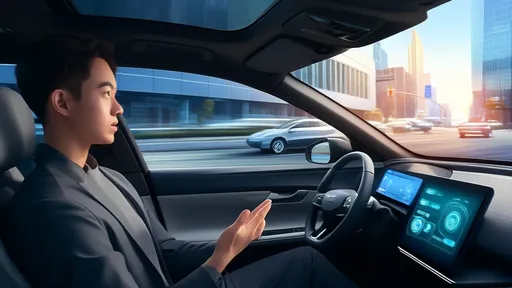
By /Jun 14, 2025

By /Jun 14, 2025

By /Jun 14, 2025
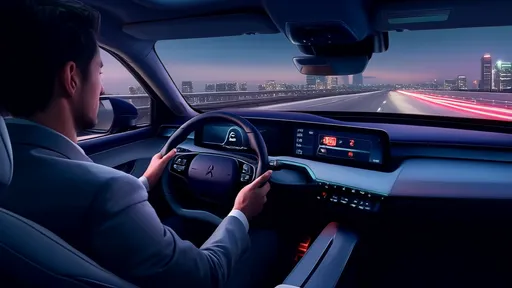
By /Jun 14, 2025
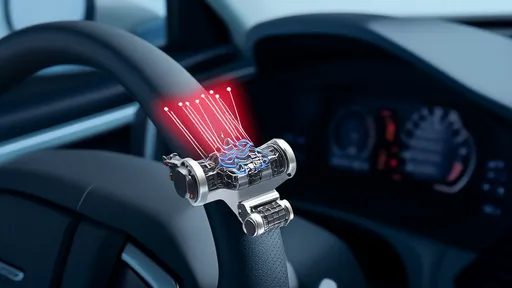
By /Jun 14, 2025
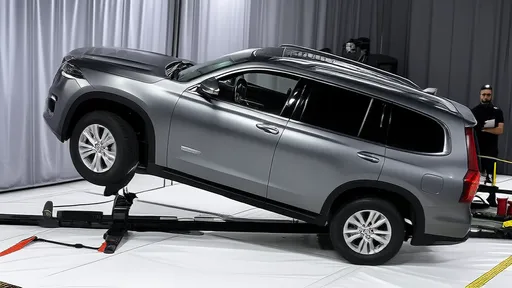
By /Jun 14, 2025
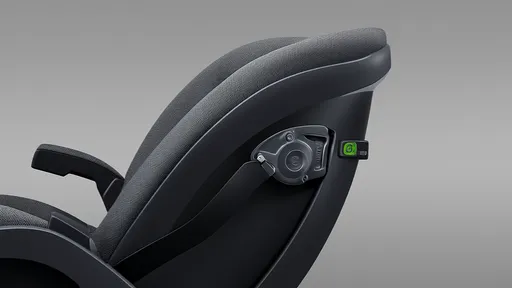
By /Jun 14, 2025

By /Jun 14, 2025
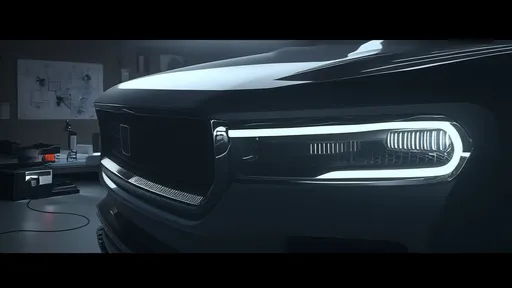
By /Jun 14, 2025